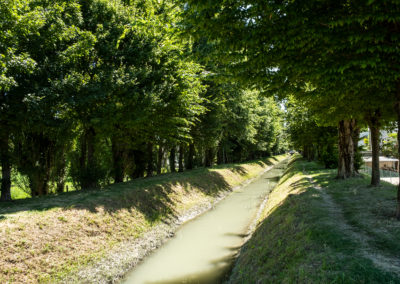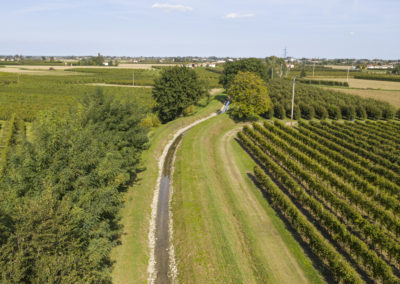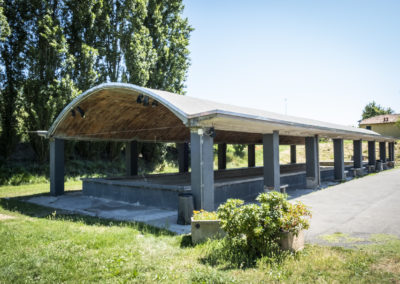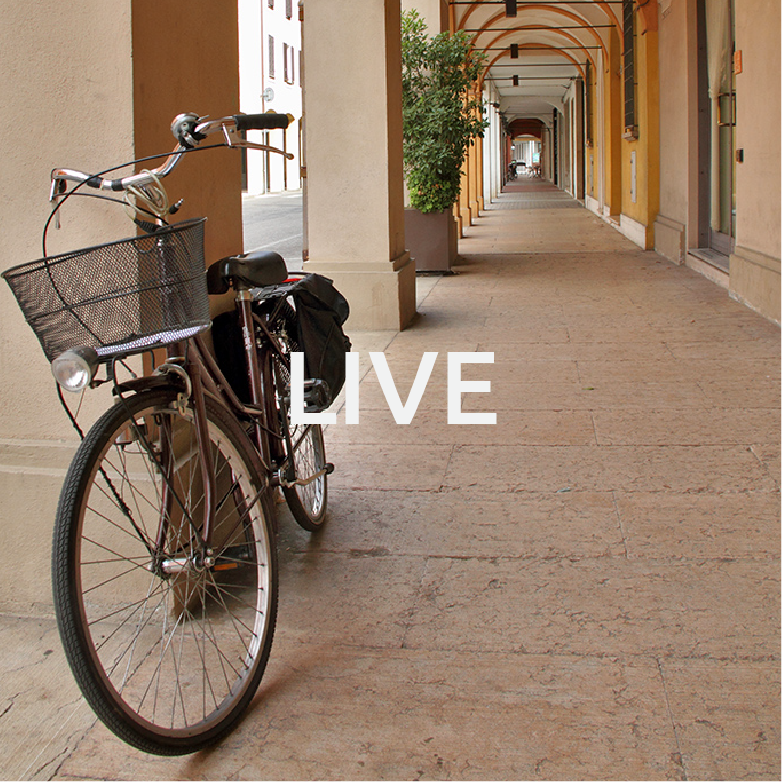The mills’ canal of Imola (Canale dei Molini di Imola) is centuries old; before mills were built on the canal, its waters were navigated by boats which transported goods.
The canal was probably built by the Romans and later restructured by Benedictine monks in the 6th century.
Indeed, north of Imola the canal is connected with the current via Selice, which was originally part of the Roman centuries (centurie, the grid road structure built by the Romans).
Today the canal originates from the Santerno river, 9km above Imola, in a locality called Chiusa; it runs nearly parallel to the river until Imola, here it branches out in two sections, that are later joined together. The canal goes through Massa Lombarda, San Patrizio, Conselice and Lavezzola; it is about 40km long.
The canal has an industrial and an agricultural function; the former is connected to about 16 cereal mills (mostly for wheat) that are still working today, the latter is represented by its irrigation purpose, which has progressively become more important for local farmers. The canal also has a very important naturalistic and landscape role, thanks to its ecosystem, its cycling and walking itineraries and the variety of old buildings that can be found along its banks, such as cereals, sugar and paper mills.
Useful information
Consorzio Utenti Canale Mulini d’Imola E Massa Lombarda: https://consorziomuliniimola.wordpress.com/
(Updated to 09/03/2023)







